Sudan Media Forum: Hunger, shelling, airstrikes scourge Sudan’s civilians
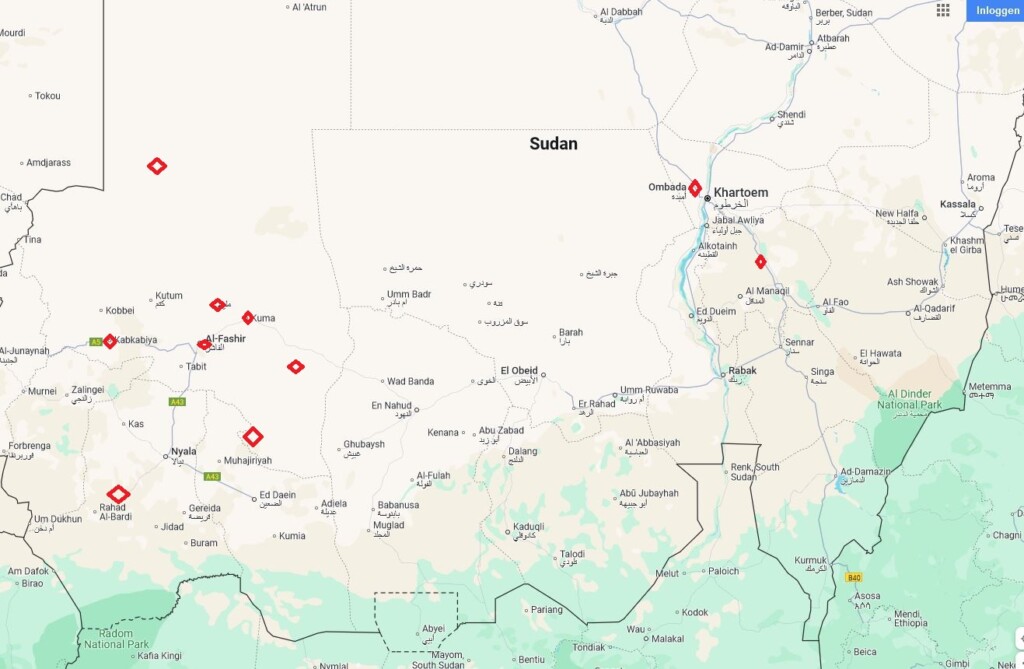
Airstrike sites in Darfur, El Gezira and Omdurman (Radio Dabanga / Google Maps)
Sudan Media Forum Joint Editorial
Compiled by: Radio Dabanga
The aerial bombardment by the army’s warplanes has escalated since the beginning of this week in large parts of Darfur and central Sudan. In contrast, the artillery shelling by the Rapid Support Forces (RSF) continued towards Karari in northern Omdurman and El Obeid in North Kordofan, in addition to the continuous artillery shelling of neighbourhoods in El Fasher, the capital of North Darfur.
The aerial and artillery bombardment targeted civilian objects such as hospitals, health centres, residential neighbourhoods, and markets, resulting in civilian casualties.
Since the beginning of the week, air strikes have targeted Ed Daein in East Darfur, El Fasher, Mellit, El Taweisha, Abu Humeira, Kabakabiya, and El Koma in North Darfur, and Kubum in South Darfur, in addition to a number of neighbourhoods in El Hasaheisa in El Gezira and in Omdurman.
All areas that were subjected to airstrikes are under the control of the RSF, except for the Heinessur neighbourhood in El Fasher, which is controlled by the army. The areas that were bombed included hospitals and other health facilities, markets, neighbourhoods, and government facilities, but army loyalists believe that these facilities had a military presence.
In contrast, all the areas targeted by the RSF with artillery shelling are under the control of the Sudanese Armed Forces (SAF).
International law provides for the protection of civilian objects, which are all objects that are not military objectives. The laws state that “civilian objects are protected from attack unless and for such time as they are military objectives.” These two rules apply to both international and non-international armed conflicts.
Abu Humeira
Last Saturday, the Sudanese army’s warplanes launched air strikes on the Abu Humeira area, south of Um Keddada, 168 km east of El Fasher.
Civilians said that two shells fell in the vicinity of a water station in the valley of Tulus area, South Darfur without causing any loss of life or property. They explained that there were no military manifestations in the area. A force from the Central Reserve had previously withdrawn from the area, while a number of civilians were displaced from the area to Abu Hamira.
Mellit
Last Monday, warplanes launched airstrikes on Mellit in North Darfur, destroying buildings of the Water Corporation, forestry offices, and some neighbouring houses.
People told Radio Dabanga Civilians from Mellit that the bombardments led to the collapse of two houses, indicating that there were no casualties. They explained that the current airstrike is the second of its kind in ten days.
Last April, the RSF took control of Mellit, which is considered an important commercial centre for El Fasher. The operation to take control of Mellit was a prelude to the siege of El Fasher.
Last week, the warplanes launched an airstrike on El Malha and other areas, and intensified their operations on El Fasher.
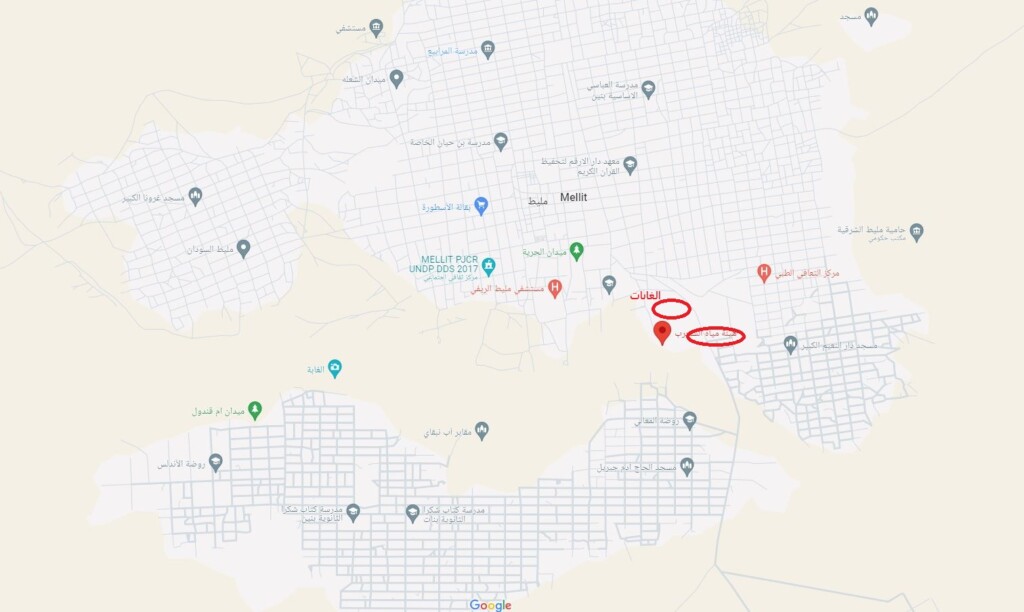
On Tuesday, warplanes launched raids on Ed Daein in East Darfur, El Fasher, El Taweisha and Abu Humeira in North Darfur, El Hasaheisa and other areas in El Gezira.
In Ed Daein, airstrikes targeted Ed Daein Teaching Hospital, the city’s Grand Market next to the Grand Mosque, and El Khansaa Elementary School for Girls. People from Ed Daein told Radio Dabanga that the bombing killed nine, eight of them women, in addition to one of the hospital’s medical staff. At least 17 people were injured.
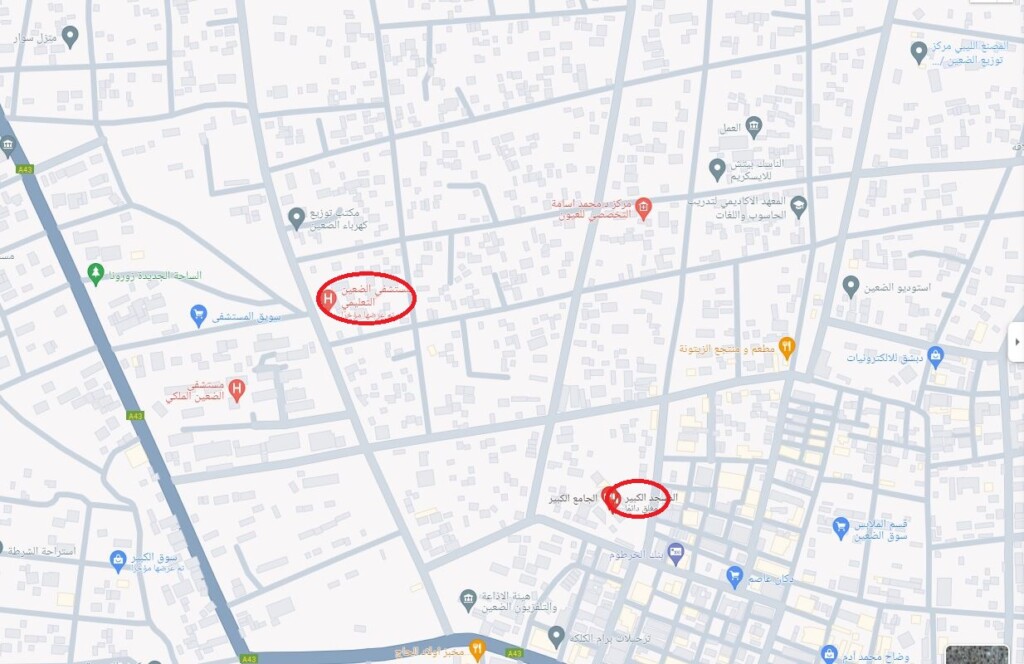
In El Taweisha, North Darfur, the army’s warplanes bombed the town, resulting in deaths and injuries. A video clip posted on social media showed pictures of the dead and wounded who fell as a result of the bombing, in addition to a fire that broke out in one of the houses.
In El Fasher, an eyewitness from Heinessur Health Centre in El Fasher told Radio Dabanga that at around 11:30 on Tuesday, the army’s warplanes bombed eastern El Fasher. He added that the warplane came from the west and headed east, bombed, then flew from east to west and dropped a bomb on the Heinassur neighbourhood’s health centre and another on the home of a man named Bakri.
The bombardments led to the death of two people, the injury of 13 people in critical condition, and 15 people in minor injuries. He stated that this is the second time that the centre has been bombed.
He pointed out that the warplanes also bombed the Mellit police station, which resulted in deaths and injuries among civilians and military personnel affiliated with the armed forces.
The warplanes also continue to bomb RSF positions in the north of the town on a daily basis.
In return, the RSF continued the artillery shelling of El Fasher, targeting a number of health and voluntary facilities, neighbourhoods, displaced camps, the airport, and a number of military targets.
On Wednesday, August 21, the RSF bombed El Salam neighbourhood in southern El Fasher, which led to the death of a woman and two of her children while they were trying to take shelter from the shelling in El Nour Mosque in the same neighbourhood . A number of worshipers were also injured. On the same day, the RSF shelled the University of Omdurman Islamic University, El Fasher branch, which led to the destruction of the main library and administrative offices.
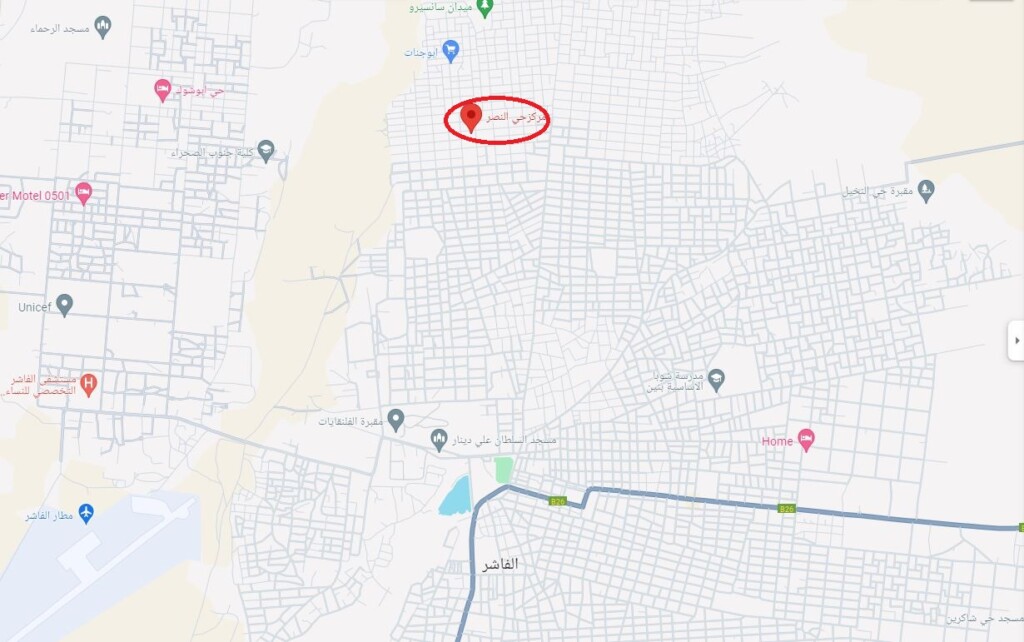
El Hasahisa
In El Gezira, artillery shelling targeted El Imtidad and El Sadaga neighbourhoods in El Hasaheisa, and the neighbouring El Farijab area.
The El Hasaheisa Resistance Committees said on its Facebook page that the SAF air force launched an airstrike on Tuesday targeting the northeastern area of the town, which led to dozens of deaths and injuries.
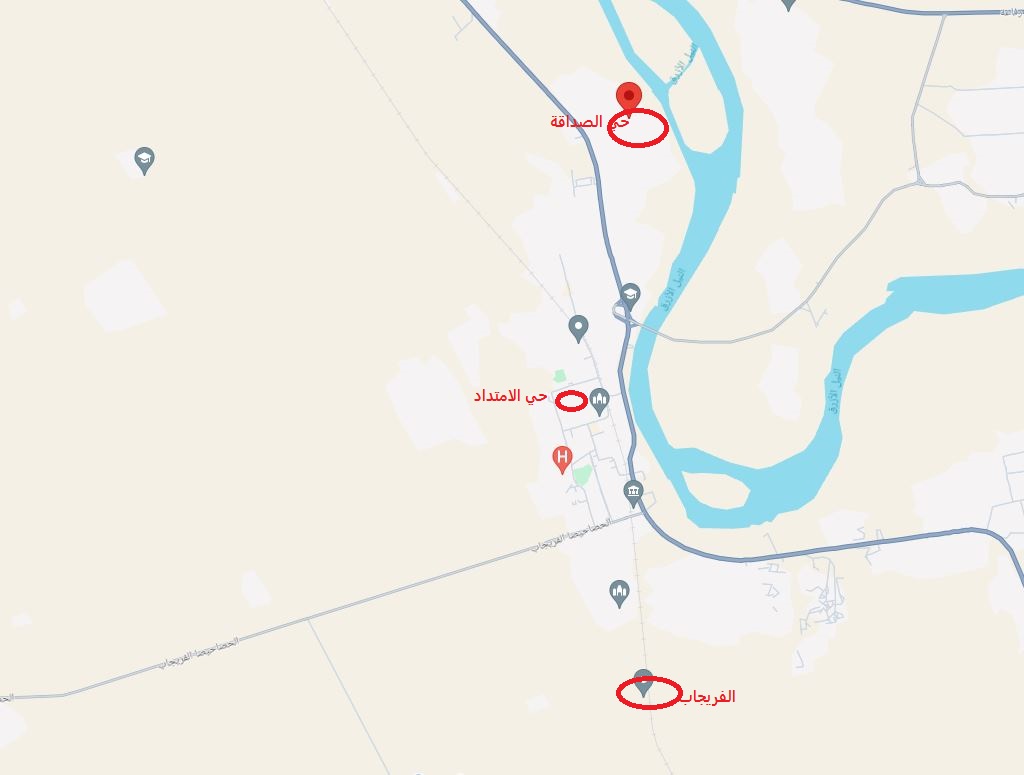
El Fasher
On the other hand, El Fasher witnessed artillery shelling by the RSF towards southern El Fasher, the livestock market, the Saudi hospital, and the airport since Tuesday evening, while warplanes bombed targets in the northern and eastern regions at dawn and on Wednesday morning.
Eyewitnesses reported that four people were killed and dozens wounded in the bombing on Tuesday, and that a number of those injured were in critical condition and would undergo surgery. The Rapid Support Forces control most of the localities in North Darfur State except El Fasher.
El Koma
On Wednesday morning, warplanes bombed El Koma and Kabakabiya in North Darfur State and Kabum in South Darfur.
Saleh Harirein from the local emergency room in El Koma told Radio Dabanga that the shelling of Al-Koma targeted the villages and the valleys on the outskirts of the city, and led to the death of a woman and 4 children, the death of 153 livestock, and the destruction of the city’s water sources.
He explained that the bombing terrified children in the displacement centres in El Koma, which houses about 45 thousand displaced people. He confirmed that there was no Rapid Support Forces camp and denied any military presence inside the locality, pointing out that the locality is managed by an executive director affiliated with the North Darfur government.
Omdurman
The Teachers Committee reported in a statement on Tuesday that warplanes bombed the house of Khaled Mamour in Omdurman, which led to the death of all members of his family, including his wife, who is also a teacher, while the teacher sustained serious injuries and was transferred to the hospital.
In contrast, civilians revealed to Radio Dabanga that 9 people from one family were killed and injured in Ombadda’s El Jemeiyab by a shell that fell on their house on Monday, fired by the Rapid Support Forces.
A relative of the family reported that a shell believed to have been fired by the Rapid Support Forces fell on the home of the Kabroun Dareh Kanjar’s family in Ombadda’s El Jemeiyab, Block 16.
El Obeid
In El Obeid, the capital of North Kordofan on August 14, at least 12 people were killed as a result of a violent artillery barrage carried out by the Rapid Support Forces that hit the city’s main market and El Khansaa Secondary School for Girls.
El Daman Hospital, where the victims were taken, said that 12 people were killed and about 45 others were injured in RSF shelling on sites in El Obeid.
What is civil property?
Legal experts reported that Sudan is a signatory to the four Geneva Conventions of 1949 for the protection of war victims and is a party to the First Additional Protocol of 1977 relating to the protection of victims of international armed conflicts, in addition to the Second Additional Protocol relating to the protection of victims of non-international armed conflicts.
They explained that the commitment to the four Geneva Conventions of 1949 and the Second Additional Protocol is included in the Jeddah Declaration between the army and the Rapid Support Forces issued on May 11, 2023.
According to the customary international humanitarian law code, civilian objects are “all objects that are not military objectives.”
They pointed out that the International Criminal Court system classified the intentional targeting of civilian sites, i.e. sites that do not represent military targets, as a “war crime.”
This report is published simultaneously on the platforms of media and journalistic institutions and organisations that are members of the Sudan Media Forum.
#ساندوا_السودان
#Standwithsudan








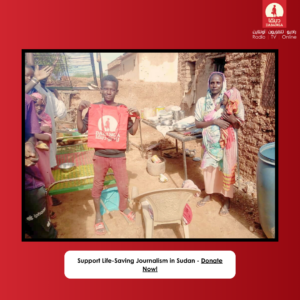
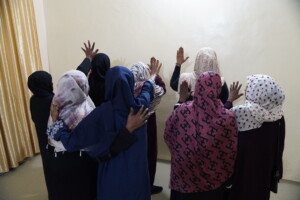
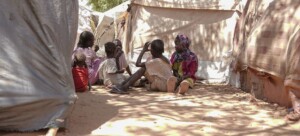

 and then
and then